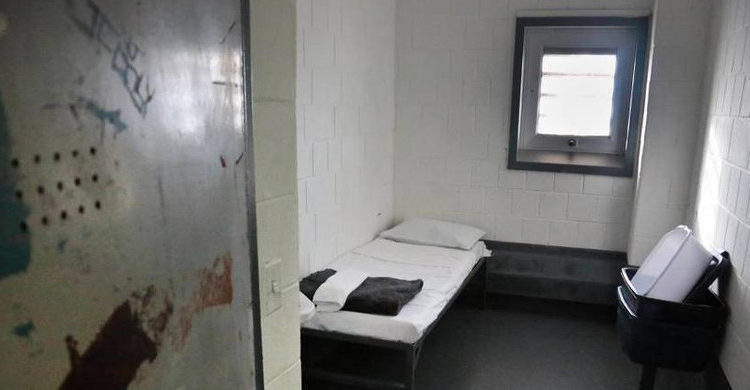América del Norte/EEUU/Julio 2016/Autor: Teresa Welsh / Fuente: readersupportednews.org
Resumen: Durante los últimos 30 años, los gobiernos locales y estatales aumentaron la cantidad que gastan en poner a la gente en la cárcel tres veces más que la cantidad que gastan en la educación de los estudiantes, de acuerdo con un nuevo análisis realizado por el Departamento de Educación.
Over the last 30 years, local and state governments increased how much they spend on putting people in jail three times more than how much they spend on educating students, according to a new analysis by the Department of Education.
The department examined corrections spending and education spending data from 1979-1980 to 2012-2013 and found that over that time, governments increased spending on incarceration by 324 percent (from $17 to $71 billion). This is more than three times the spending increase on education, which only grew 107 percent (from $258 to $534 billion) over the same time period.
All of the 50 states had lower expenditure growth rates for PK-12 education than for corrections. Seven states increased corrections budgets more than five times as quickly than they did K-12 education budgets: Idaho, Michigan, Montana, North Dakota, South Carolina, South Dakota, and West Virginia . Texas had the largest percentage increase over 30 years, hiking incarceration spending by 850 percent.
“These aren’t just statistics. When I think about the lives of those who are incarcerated, I can’t help but feel disheartened,” Education Secretary John King wrote on Medium. “I can’t help but think about their families, spouses, sons, daughters, and parents — or about the art not created; the entrepreneurial ideas that may never reach the drawing board; the classrooms these Americans will never lead; and the discoveries they’ll never make.”
According to King, more than two-thirds of state prison inmates dropped out of high school. Young black men between ages 20 and 24 without a high school diploma or GED are more likely to be in jail than to have a job.
King also cited research showing a relationship between education rates and incarceration rates: A 10-percent increase in high school graduation rates leads to a 9-percent decrease in the rates of criminal arrest, and reduces murder and assault rates by 20 percent. The department said that increasing the amount of money state and local governments spend on educating students could help decrease the jail population.
“Reducing incarceration rates and redirecting some of the funds currently spent on corrections in order to make investments in education that we know work,” the Department of Education report said, “could provide a more positive and potentially more effective approach to both reducing crime and increasing opportunity among at-risk youth, particularly if in the PK–12 context the redirected funds are focused on high-poverty schools.”
Some of those education investments include increasing teacher salaries for those willing to work in “hard-to-staff” schools and increasing access to high-quality preschool. According to the report, “all too often” children who grow up in poor communities do poorly in school and are disproportionately arrested and incarcerated as teens and young adults.
The U.S. has the highest rates of incarceration in the world, with more than 2 million people jailed across the country. The U.S. is only 5 percent of the world’s population, but has 20 percent of its incarcerated population.
Fuente de la noticia: http://readersupportednews.org/news-section2/318-66/37897-spending-on-jails-outpaced-spending-on-schools-by-three-times-over-the-last-30-years
Fuente de la imagen: http://readersupportednews.org/images/stories/article_imgs21/021768-jail-070816.jpg







 Users Today : 42
Users Today : 42 Total Users : 35459637
Total Users : 35459637 Views Today : 91
Views Today : 91 Total views : 3418063
Total views : 3418063